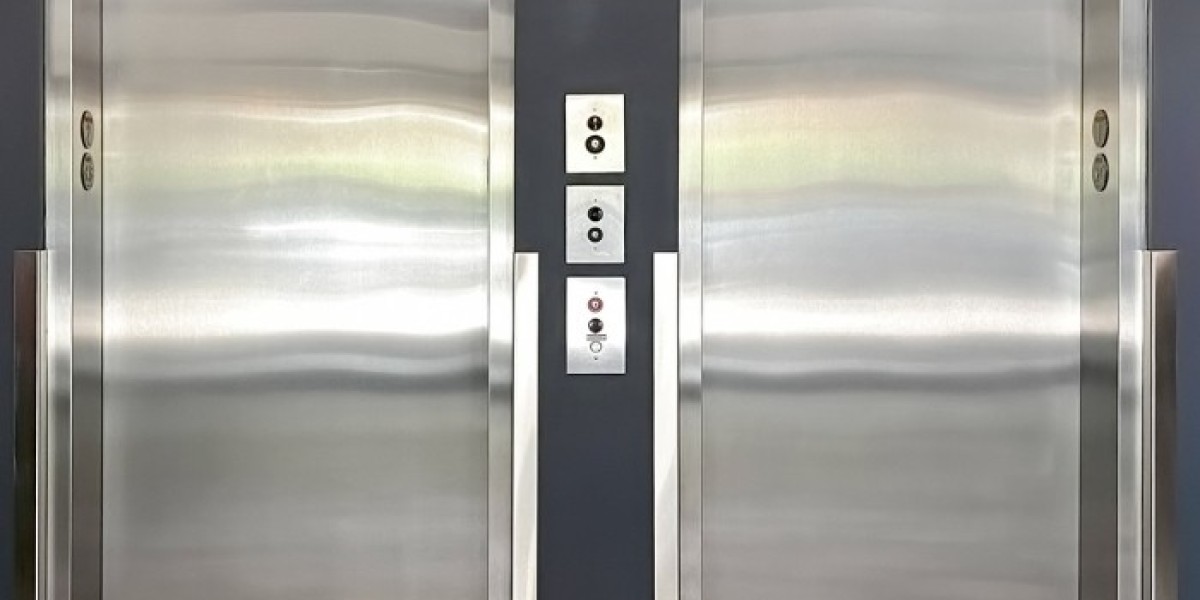Car elevators have become an essential feature in luxury homes, allowing homeowners to maximize space and enhance accessibility. Customizing your car elevator not only improves its functionality but also allows it to complement the aesthetic of your property. Here are some design and functionality tips to help you create a bespoke car elevator that meets your unique needs.
1. Assess Your Space and Requirements
a. Understand Your Available Space
Before diving into customization options, assess the available space for your car elevator. Consider the height and width of the elevator shaft and the surrounding area. Ensure there’s enough room for both the elevator and any necessary structural modifications.
b. Determine Vehicle Size
Evaluate the types of vehicles that will be using the elevator. Consider the size and weight of the cars, as this will affect the elevator's design, capacity, and functionality. Customizing the elevator to accommodate larger vehicles or multiple vehicles is essential for efficiency.
2. Choose the Right Elevator Type
a. Hydraulic vs. Electric Traction
Decide between a hydraulic elevator and an electric traction elevator based on your space, usage frequency, and budget. Hydraulic elevators are typically more space-efficient and cost-effective, while electric traction elevators offer faster speeds and smoother operation for larger buildings.
b. Automated Parking Systems
For a high-tech option, consider an automated car parking system. This system allows for automated vehicle storage without needing the driver to exit the car, maximizing space and adding convenience.
3. Aesthetic Customization
a. Exterior Design
Customize the exterior design of the car elevator to match your home’s architecture. Consider materials like glass, steel, or wood to create a sleek look that enhances your property’s curb appeal.
b. Interior Finishes
Personalize the interior finishes to complement your car elevator’s design. Options include custom flooring materials, lighting fixtures, and wall finishes that reflect your personal style.
c. Lighting and Visibility
Incorporate LED lighting inside the elevator to improve visibility and create an inviting atmosphere. Consider using motion-sensor lights for added convenience and energy efficiency.
4. Functionality Features
a. Smart Technology Integration
Integrate smart technology for remote access and control. Consider features like smartphone apps, keyless entry systems, or voice-activated controls for added convenience and security.
b. Emergency Features
Ensure your car elevator includes essential emergency features, such as emergency stop buttons, backup power supplies, and intercom systems for communication during emergencies. Clear signage should also be displayed to guide users in case of a malfunction.
c. Load Capacity and Speed
Customize the load capacity and speed of your car elevator based on your needs. For high-traffic areas, opt for a faster elevator with a higher load capacity to minimize wait times and improve efficiency.
5. Safety Considerations
a. Safety Sensors
Incorporate safety sensors that detect obstacles during operation. These sensors will prevent the elevator from closing if there’s an obstruction, ensuring the safety of passengers and vehicles.
b. Fire and Security Features
Consider adding fire-rated doors and security cameras to enhance safety. These features will not only protect the elevator but also provide peace of mind for homeowners.
6. Consult with Experts
a. Professional Guidance
Work with experienced elevator manufacturers or contractors to discuss your customization options. They can provide insights into the latest technologies and design trends, ensuring that your car elevator meets your specific needs.
b. Code Compliance
Ensure that all customized features comply with local building codes and safety regulations. This includes adherence to weight limits, emergency procedures, and accessibility standards.
7. Budgeting for Customization
a. Understand Costs
Before finalizing your design and functionality options, understand the associated costs. Customizing your car elevator can vary significantly in price, so it’s essential to establish a budget and prioritize features that offer the most value.
b. Long-Term Investment
Consider the long-term benefits of your customized car elevator. While initial costs may be higher, an efficient, well-designed elevator can enhance your property’s value and provide significant returns on investment over time.
Conclusion
Customizing your car elevator allows you to create a functional, aesthetically pleasing feature that enhances your luxury living experience. By considering space requirements, choosing the right type, and incorporating smart technology and safety features, you can design a car elevator that meets your unique needs and complements your property’s style. Working with professionals throughout the customization process ensures that your car elevator is both functional and stylish, providing convenience and sophistication for years to come.










